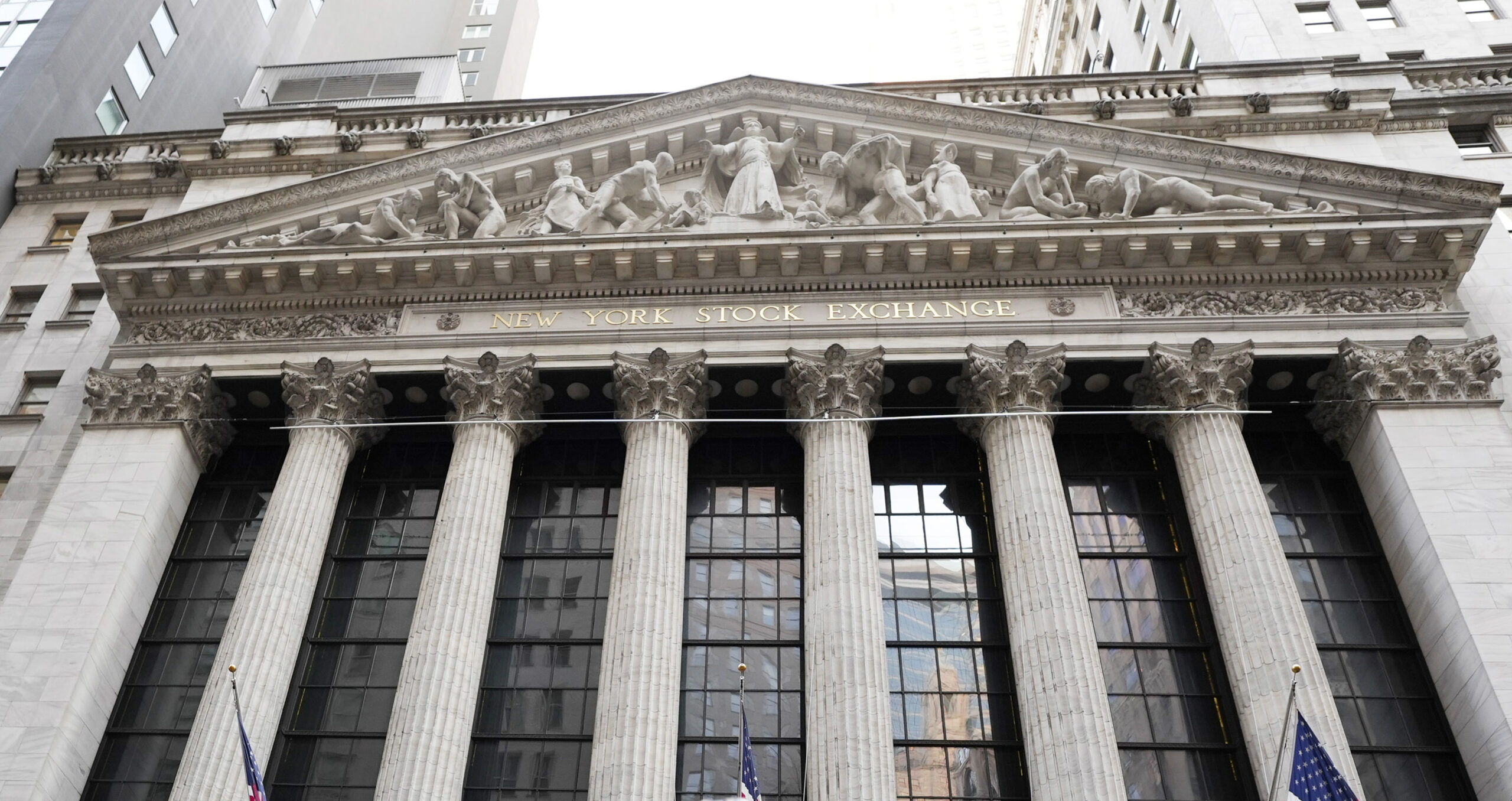
Pay increases for S&P500 CEOs slow but stock and option incentives jump

The median pay increase for chief executives of S&P500 companies in the latest filing period was down on the huge jumps recorded in 2021 and 2022.
The median salary rise for chief executive officers across 337 US companies (whose CEOs were in place between the 2022 and 2023 proxy statement filing period) fell to 3.1 per cent from the 13.2 per cent jump registered across the 2021 and 2022 periods, according to consultancy ISS Corporate Solutions, part of Institutional Shareholder Services. Bonuses also fell but stock and option awards rose, it reported.
“Lower bonus and annual incentive payouts were expected over the last year, given a challenging operating environment for many blue-chip companies,” said ICS managing director Roy Saliba.
Investors are regularly asked to give their views on executive pay, and financial incentives for CEOs are often linked to their company’s share price. In the US, most companies must provide shareholders with a non-binding ‘say-on-pay’ vote at least every three years.
Companies generally win the backing of shareholders on executive pay – according to ISS, 97 per cent of say-on-pay votes in the US passed in 2021. However, occasionally the subject of executive pay has stoked rebellion among shareholders. Last year, for example, Intel shareholders rejected the company’s executive pay package in an advisory vote.
Some governance experts have criticised the huge pay gap between CEOs and the rest of the company’s employees. “If you have a massive pay gap, and you have a disconnect in the company, then you have poor employee engagement,” said Tina Mavraki, managing director of consultancy Ingenios. “Poor employee engagement means poor motivation. Poor motivation leads to poor performance.”
This creates a high turnover rate, operational replacement costs and lower workforce performance, she said, adding: “That’s your environmental, social and governance metric gone, your ‘S’ metric gone.”
Stock and option awards go up
Median pay for CEOs at the S&P500 companies assessed by ICS over the studied period was $14.3mn, and the median base salary was $1.3mn in 2023, a median change of 2.9 per cent compared with 2022.
Bonus and annual incentive payments fell 5.4 per cent to a combined median of $2.59mn. However, the median stock award rose by 9.5 per cent to $8.5mn, and the median option award increased by 8.3 per cent to $3mn.
ICS’s Saliba said: “It’s surprising to see the magnitude of increases in stock and option awards, particularly when viewed against the backdrop of last year’s market volatility.”
The ICS research also revealed a contrast in the relationship between executive pay and share prices in the energy industry compared to the automobile and components industry.
Energy companies – the strongest performers in the S&P500 during the assessed period – posted a median one-year total shareholder return of 71.4 per cent, while CEO pay fell by 0.8 per cent. Conversely, the automotive and components industry recorded a median one-year total shareholder decline of 42.9 per cent, yet its median CEO pay went up by 1.5 per cent.
ICS said share prices fell while executive pay rose across sectors including banking, financial services, and technology hardware and equipment.
US influence on UK
The matter of executive pay also resonates with shareholders in UK businesses, where CEO pay is typically lower. Last year, 44 per cent of London-listed construction company Kier’s shareholders voted against its directors’ remuneration report, up from 26 per cent the previous year.
Alexander Pepper, emeritus professor of management practice at the London School of Economics, told Sustainable Views: “US pay practices and pay levels do influence UK practices and pay levels to some extent, though with a time lag and a watering down of the total amounts involved.”
And, as 2023’s annual general meeting season gets underway, campaign group ShareAction has said it will attend the AGMs of clothing retailers Next and JD Sports to see how their pay ratios are tackling inequality during the cost of living crisis.
Meanwhile, asset manager Federated Hermes announced that the increasing income inequality “must be addressed by challenging boards’ justifications of executive remuneration structures”.
In its engagement plan for 2023 to 2025, the company said: “The coronavirus pandemic demonstrated the limitations of pay schemes reliant on stock options or performance-based incentives schemes and the challenges in setting appropriate performance metrics. We therefore wish to see simpler, more transparent pay schemes with the reduction of variable to fixed pay ratio, paid primarily in shares held for the long term.”
However, the LSE’s Pepper said: “Linking top pay to ESG metrics is the talk of the town in London, as in New York. I’m a great believer in the merits of ESG, but a sceptic when it comes linking pay to ESG metrics.
Luke Hildyard, a director at the High Pay Centre, told Sustainable Views that “Americans tend to be much more relaxed about really high pay awards.”
“It has even been suggested this might cause companies to re-list in New York so they get less hassle over the issue,” he added.
Similar Articles

Beware the ‘financialisation of the forest sector’

High Court rules, again, against UK government climate plans


